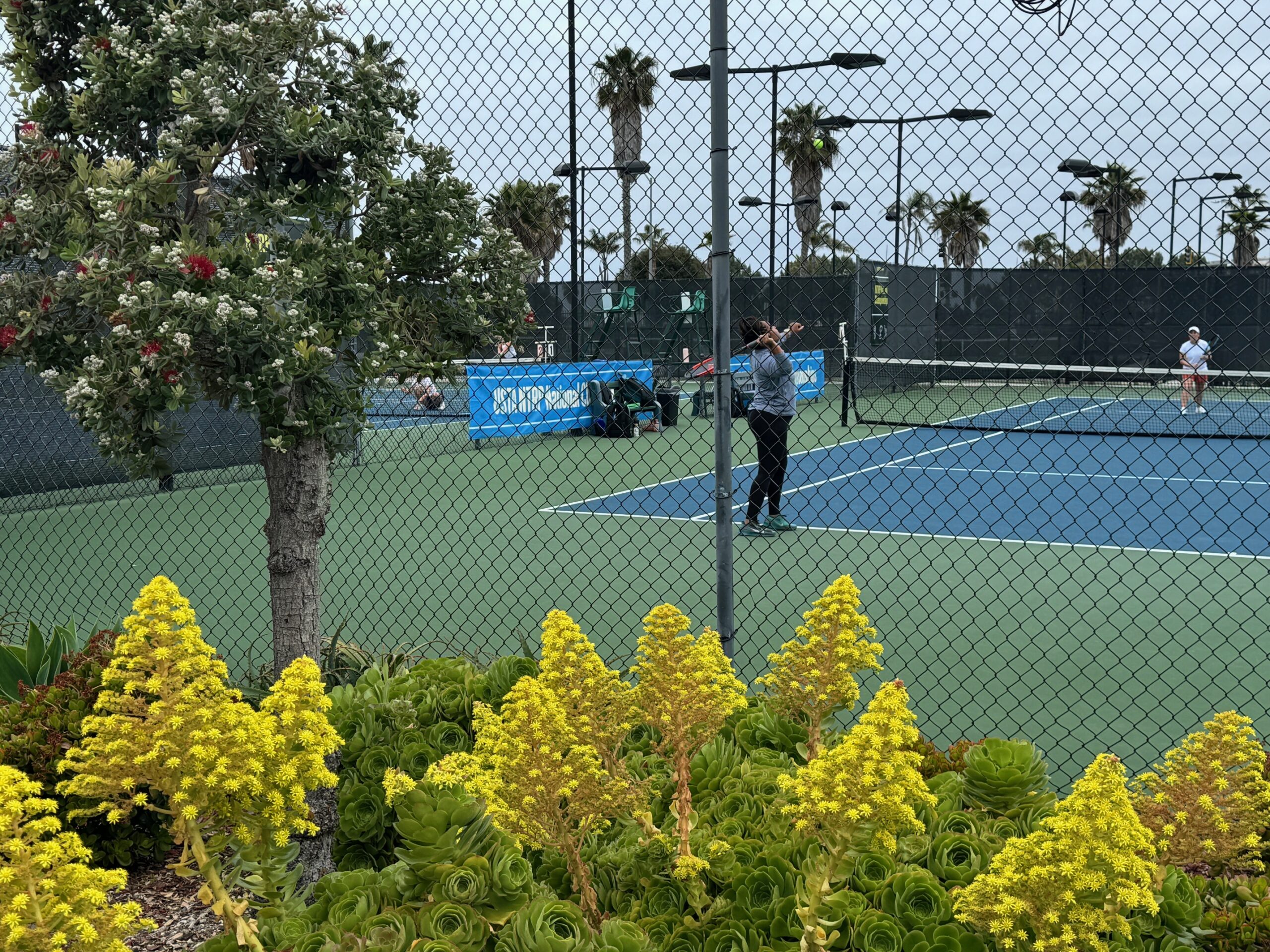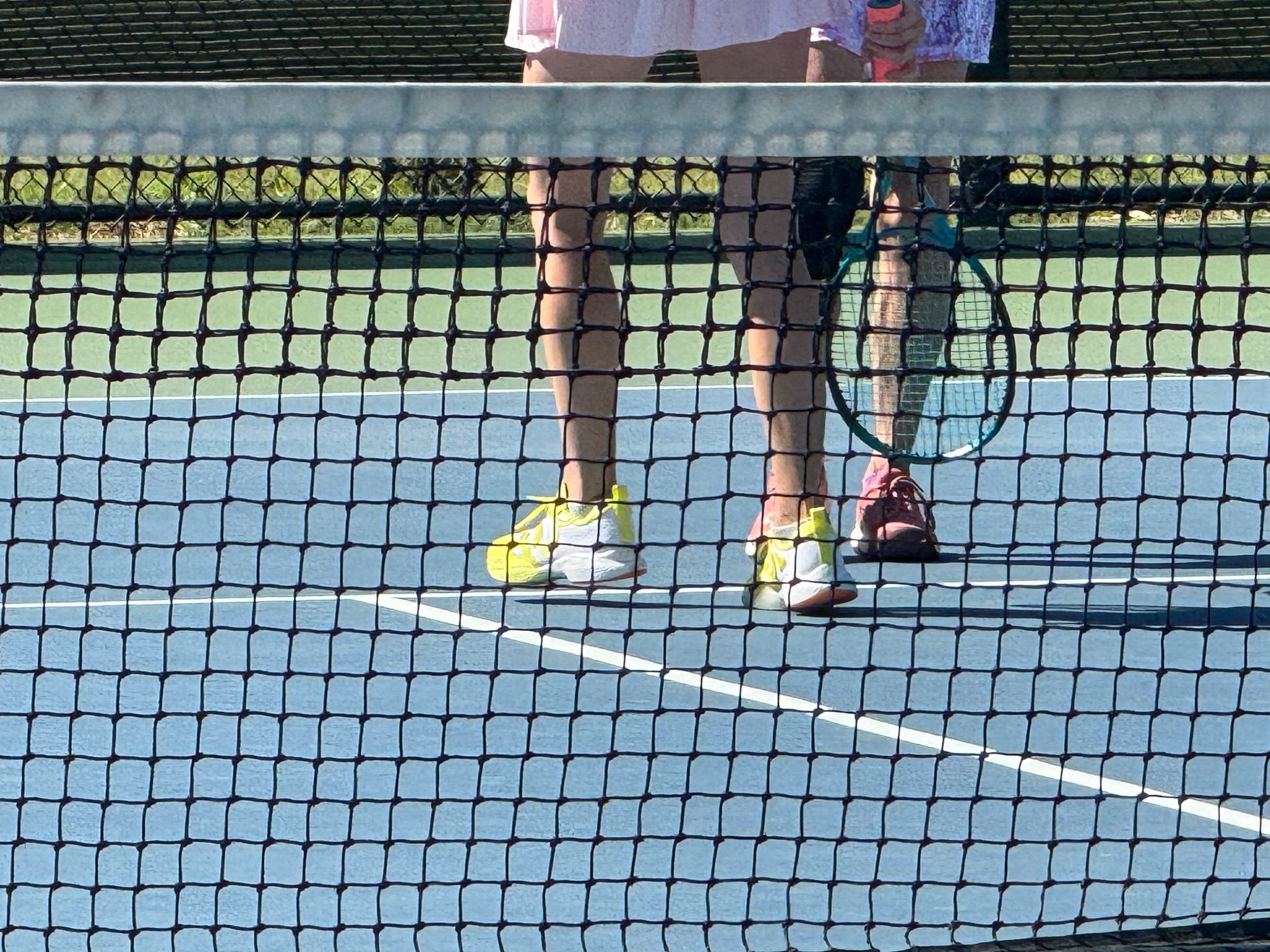Balance is the ability of a player to control their body in a state of equilibrium or stability. There are two distinct states of balance. Static balance is maintaining the body in a stationary position. Dynamic balance involves controlling the body during movement. For that reason, dynamic balance is closely related to agility. The ability to change direction in tennis while remaining upright is essential for high performance.
Training for balance and agility is an important aspect identified in the “12 Habits of Highly Successful Tennis Players” series. The very best players put in a lot of work away from the tennis court. Today we are focused very specifically on balance and agility training. Increasing balance significantly reduces the odds of injury from falling on the court. At the same time, it supports agility as the player can execute rapid changes of direction while maintaining good body control.
There are multiple ways to introduce balance training into a fitness program. One of the most straightforward ways is to perform resistance training exercises while standing on one foot. I previously wrote about my love of the Bosu Ball balance trainer. There are a lot of other commercial devices for balance training, but even a folded towel or square piece of foam can introduce just enough wobble to achieve balance training objectives.
Agility training has a component of speed. However, the essential part of agility is the ability to start, stop, and change direction quickly. The classic method for agility training from my junior playing days was “running the lines.” Essentially the coach would line up the kids along one doubles alley and then have us run a series of sprints back and forth to each line. Based on my current observations, that drill is still in prevalent use. (I actually don’t think this is a very good drill for tennis, but that is a hot take I will save for another day.)
For my own agility training, I love things like the Cross Footwork Pattern Drill that focus on tennis-specific movements. However, I also believe that an explosive first step is the most critical aspect of reaching the ball in a good hitting position. At least, that is the area where I personally see the greatest return on my training investments.
Consequently, I really like hopping drills. A very simple example of a hopping drill is alley leaps where you basically leap from one foot to the other across the doubles alley. If you have a roll of painter’s tape, hopping around a hexagon or square shape taped to the floor is excellent for working on that quick first step.
As I approach the end of this first deep dive into off-court training as one of the “12 Habits of Highly Successful Tennis Players” series, it occurs to me that I have failed to emphasize the importance of a strong and stable core. This weekend we have focused on strength, flexibility, balance, and agility. All four of those attributes are rooted in the abdominal muscles, hips, and back.
Tennis players who are serious about competing at their highest level of performance perform a significant amount of off-court training. Once again, I am struck by the absolute simplicity and the fact that every single player can make the same investment. What separates the very best players from the rest of us is the self-discipline to turn those things that we all know we should do into habits.




Having spent last year injured – I am so excited about trying your training ideas.